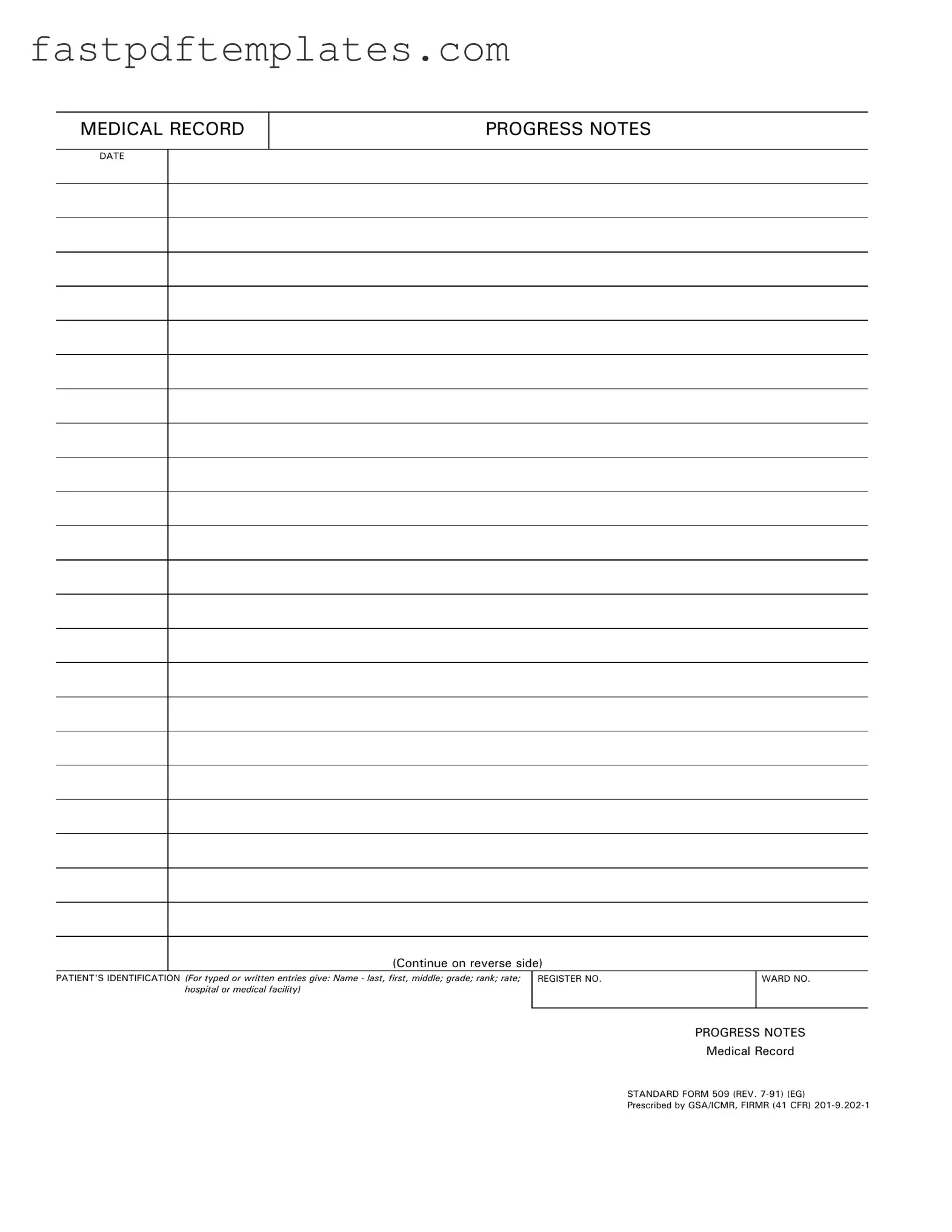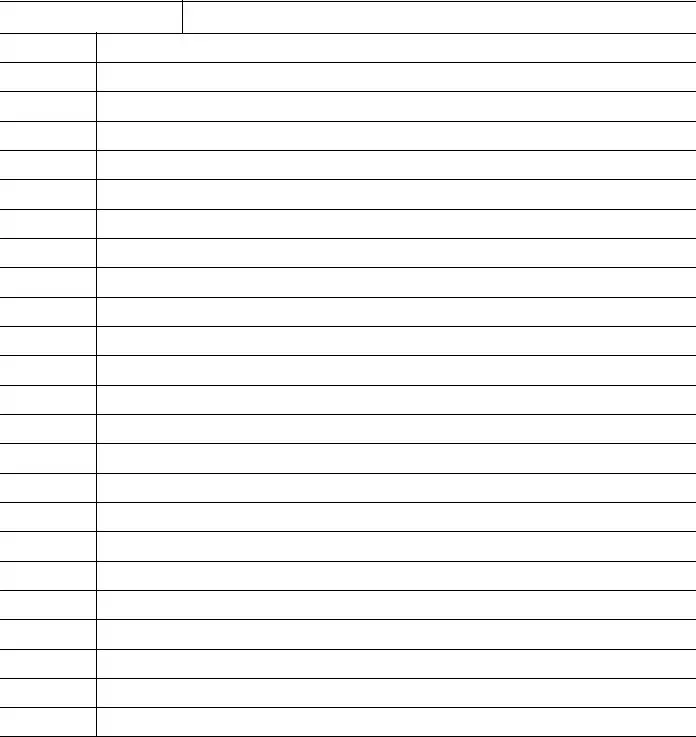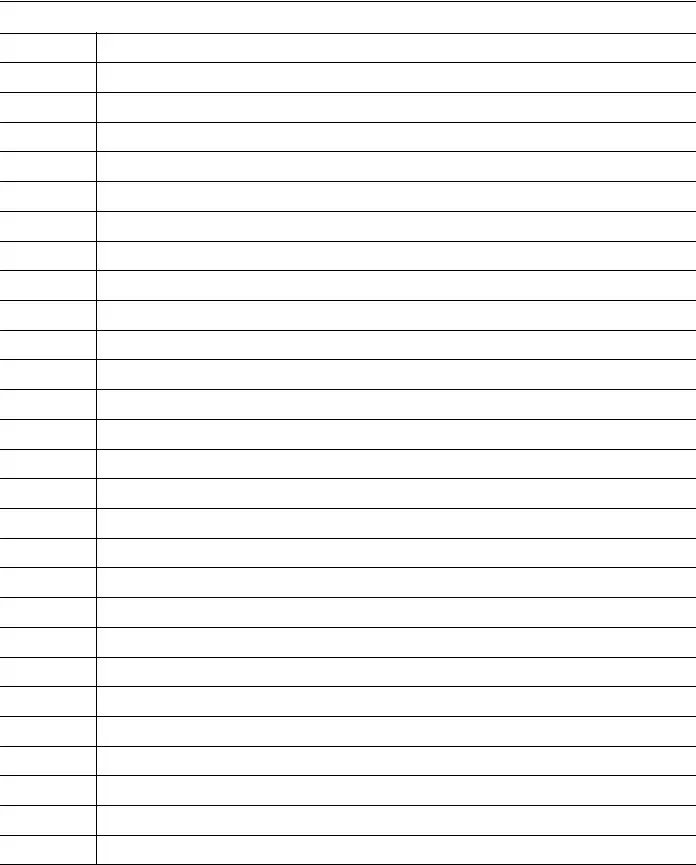The Treatment Plan is a document that outlines the specific goals and interventions for a patient's care. Like Progress Notes, it is part of the medical record and is updated regularly to reflect the patient's evolving needs. Both documents serve to track the patient’s journey through treatment, ensuring that all healthcare providers are on the same page regarding the patient’s status and care plan.
The Admission Note provides a comprehensive overview of a patient's condition at the time of their entry into a healthcare facility. Similar to Progress Notes, it contains vital information about the patient’s medical history, current health status, and initial treatment recommendations. Both documents are crucial for establishing a baseline that can be referenced in future notes.
The Discharge Summary is another important document that shares similarities with Progress Notes. It summarizes the patient’s hospital stay, including treatments received and outcomes achieved. Just like Progress Notes, it helps ensure continuity of care by providing essential information to follow-up providers after the patient leaves the facility.
Consultation Reports are written by specialists who evaluate a patient at the request of the primary care provider. These reports, like Progress Notes, document findings and recommendations, contributing to the overall understanding of the patient’s condition. Both documents are essential for maintaining a comprehensive view of the patient's health status.
Medication Administration Records (MAR) track the medications given to a patient during their stay. Similar to Progress Notes, MARs provide a detailed account of what medications were administered, when, and by whom. This helps prevent medication errors and ensures that everyone involved in the patient's care is informed about their treatment regimen.
Referral Letters are documents that healthcare providers use to send patients to specialists for further evaluation or treatment. They share similarities with Progress Notes in that they summarize the patient’s condition and the reason for the referral. Both documents aim to facilitate communication among providers, ensuring that the patient receives appropriate care.
Patient History Forms gather detailed information about a patient’s past medical history, family history, and lifestyle factors. Like Progress Notes, these forms are essential for understanding the patient’s overall health and guiding treatment decisions. Both documents contribute to a holistic view of the patient’s health profile.
Assessment and Evaluation Forms are used to document the results of various tests and assessments conducted on a patient. Similar to Progress Notes, these forms provide a snapshot of the patient’s current health status and are often referenced in future notes to track changes over time. Both documents are vital for ongoing patient management.
Care Plans outline the specific interventions and goals for patient care, much like Progress Notes. They are regularly updated to reflect the patient’s progress and any changes in treatment. Both documents are essential tools for healthcare providers to ensure that patient care is coordinated and effective.


